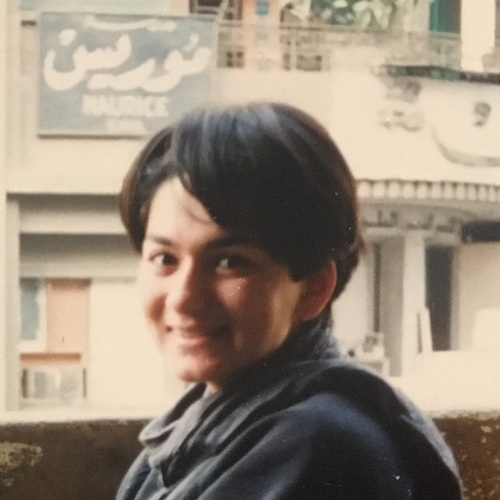
The Women's Project
Close
Chapters
The Women’s Project set about working to dismantle oppression both in the larger society and within its organizational structure. Walking the talk meant sharing power and building deep relationships as a principle and a practice.
On the heels of a revolutionary period, federal tax reform in 1969 made it possible for organizations to attain nonprofit status and gain access to tax-deductible donations. The new tax status had a conservatizing effect by encouraging nonprofits to operate like businesses with hierarchical staffing structures, boards of directors often made up of wealthy donors rather than community members, and sometimes ruthless competition for funding, all while regularly reporting to the state.
As the federal government made sharp cuts to services to poor and working-class people through the 1980s and 1990s, nonprofits were positioned to pick up the slack. Services were increasingly privatized.
The Women’s Project critiqued the nonprofit model they saw gaining momentum around them. They maintained their commitment to building a strong, grassroots network of resources and relationships from the ground up by deliberately setting up a structure that centered power-sharing and relationships.
The Women’s Project modeled their commitment to fair resource distribution by paying all staff at the same hourly rate. In the late 1980s, everyone made $10 an hour, the equivalent of $23.57 in 2021. They believed in a living wage for everyone because as staffer Sofia Ali-Khan said, “at the end of the day, we all need to eat.”
“We believe that an hour of one woman working as hard as she is able is equal to another woman’s working hard, no matter what the task at hand: whether it is writing funding proposals, providing care for children, giving speeches, clipping newspaper articles and logging violence or cleaning the office.”
Suzanne Pharr, “Trying to Walk the Talk: An Example,” Transformation, Winter 1996


As a 501(c)3, the Women’s Project was required to name a director. So Suzanne Pharr took the title, but she said it was only a formality. Decision-making was done collaboratively. Staffers each headed up a particular project and collaborated with other staff on the projects they led. The group shared duties like fundraising and public speaking.
The Women’s Project sought to counterbalance unequal power in society. They did this in part by ensuring that the board of directors was always made up of a majority of Black and Brown women and that it had rural and working-class representation.








Although the organization was nonhierarchical, many looked to Pharr for leadership. As the founder, she sustained and communicated the vision.


In 1991, Janet Perkins took over as director. The shift held a lot of meaning for the organization.
At the end of the 1990s, Perkins stepped down as executive director and passed the torch to Judy Matsuoka, who ushered the organization into the 21st century.
Many women described feeling seen, valued, and trusted as their whole selves for the first time.

Matsuoka described the organization as a welcoming place of growth and solidarity, but one that still had a ways to go to live up to its ideals.


The feeling of shared power generated an atmosphere of collective care, often extending far beyond the Women’s Project’s official work.
Members, staff, and the board worked to create a culture in which people were both nurtured and encouraged to rigorously challenge themselves. As a feminist organization, the power of consciousness-raising was an ongoing legacy and inspiration.



As the federal government continued to cut taxes and slash community services, organizations that previously relied on government funding now competed with the Women’s Project for resources from private donors. The organization’s budget shrank, and its staffing shrank with it.
When a tree crushed the back of the Women’s Project building, the organization was unable to recover from the physical, financial, and psychological blow. The Women’s Project would be resurrected in later years by former members, but its form changed significantly.
For more than 20 years, the Women’s Project served as a beacon and rich testing ground for social justice work in Arkansas. Many organizations and efforts spun off or were nurtured under the Women’s Project’s umbrella, and the impacts ripple out endlessly.